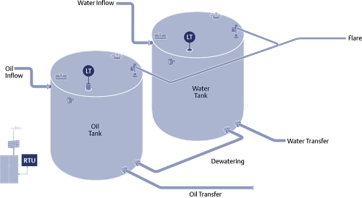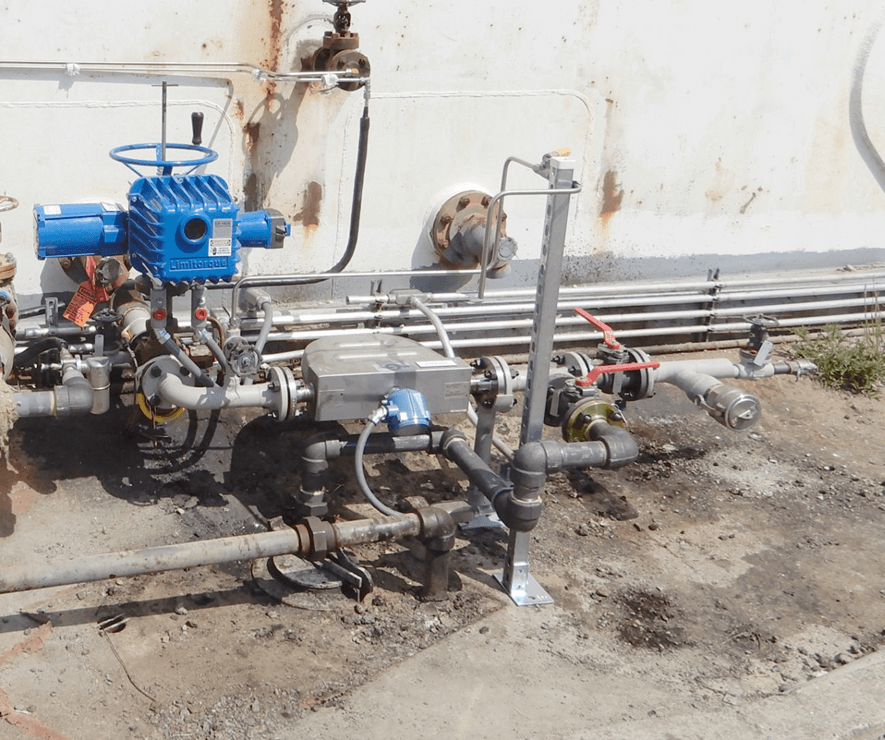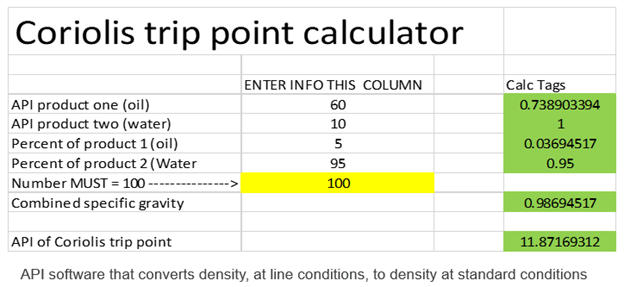4C-HSE’s Steve Probst and Emerson’s Marcio Donnangelo presented Nothing But Water in the Water Drain at the 4C Health, Safety & Environmental Conference.
 The tank dewatering process starts with storage tanks that hold hydrocarbon feedstocks, intermediates, and finished products. Over time, water separates and collects in the tanks. Water is drained from storage tanks, reducing corrosion and potential process problems.
The tank dewatering process starts with storage tanks that hold hydrocarbon feedstocks, intermediates, and finished products. Over time, water separates and collects in the tanks. Water is drained from storage tanks, reducing corrosion and potential process problems.
Manual or other methods of controlling the water draw-off can result in excessive hydrocarbon product in the discharge to the sewer system, which is a potential process safety risk. It also increases operator exposure to VOCand creates mass balance inaccuracies—i.e., accounting for water for a product.
 Operations manually oversee the dewatering process, closing a manual valve once the hydrocarbon withdrawal occurs. The results often vary between operators and processes. Some of the hydrocarbon products resemble water, e.g., Naphtha. Unacceptable quantities of Hydrocarbons could be released into the sewer, creating several problems.
Operations manually oversee the dewatering process, closing a manual valve once the hydrocarbon withdrawal occurs. The results often vary between operators and processes. Some of the hydrocarbon products resemble water, e.g., Naphtha. Unacceptable quantities of Hydrocarbons could be released into the sewer, creating several problems.
These issues include volatile organic compounds (VOCs) emissions that endanger operators, effluent system degradation, and regulatory fines. Tank excess water creates mass balance issues over the typical 0.5% plantwide mass balance accuracy.
A Micro Motion Elite Coriolis meter on the two-inch dewatering lines enables highly accurate mass flow and density measurements. The attached Micro Motion 2700 Multivariable Flow & Density transmitter allows precise detection of hydrocarbons in the water cut and can trigger an event to close the dewatering line motor-operated valve (MOV) upon detection at around a 5% hydrocarbon breakthrough.
The fully automated solution for crude tanks quickly addresses the safety, emissions, and reliability issues that could develop. When a Wireless THUM adapter is added, the transmitted data can be used for inventory analysis and allows for near real-time analysis of water mass to the sewer. This data is transmitted to a historian application via three wireless gateways and can measure API, flow rate, and total mass drained.
Here is an example of the API specific gravity factors used to calculate the trip point to close the MOV.
Some of the business results that one producer achieved with this solution included:
- Removing variations between process and operations
- Achieving less than 1 gallon of hydrocarbon per draw-off
- Eliminating the primary safety concern of operator exposure to VOCs
- Greatly impacting effluent environmental performance
- Improving inventory measurements for Mass Balance
Visit the Micro Motion ELITE Coriolis Mass Flow Meters page on Emerson.com to learn more about how these highly accurate devices can help you improve your operational performance.


